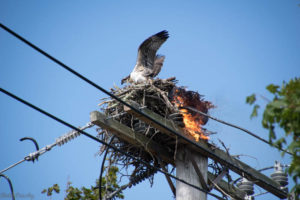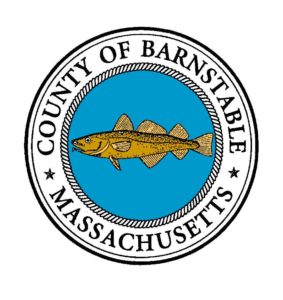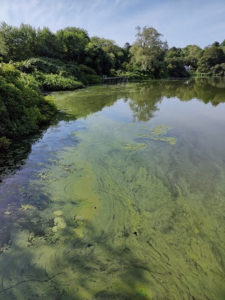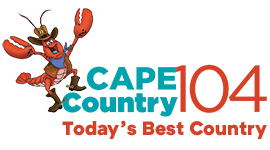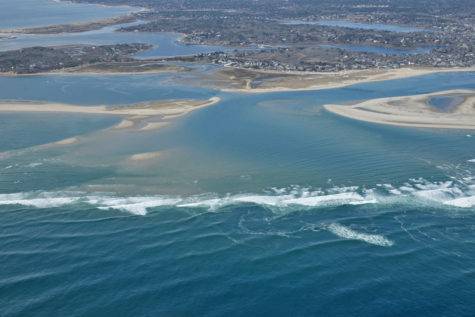 Cape Cod’s culture and lifestyle, enhanced by the area’s scenic wonders, is obvious to anyone who visits. We’re known for bridges, lobster rolls, ice cream, and many other modern marks of an economy built on tourism.
Cape Cod’s culture and lifestyle, enhanced by the area’s scenic wonders, is obvious to anyone who visits. We’re known for bridges, lobster rolls, ice cream, and many other modern marks of an economy built on tourism.
But for thousands of years before the bridges, the ice cream, or even the Mayflower Pilgrims, the People of the First Light and other tribes had different names for what Bartholomew Gosnold eventually coined “Cape Cod.”
Much of that history is alive today in town, village, and street names, but their meanings are lost on most, and sadly, often forgotten.
Below you’ll see how to tell Cataumet from Pocasset; how to separate Sippewissett from the English-infused Falmouth, and what is up with Wianno.
Wampanoag and Algonquin Influence
To understand the names below, first you need to know whose language they belong to.
Wampanoags, or the People of the First Light, are an Algonquin tribe located in Southeastern Massachusetts. They spoke – and some individuals continue to speak – Wôpanâak. The term “Algonquin” refers to a specific language as well as a range of tribes in the Northeast, including the Wampanoag, Abenaki, Massachusett, Narragansett, Mohegan, and many more.
Nanticoke
“Nantucket” is a rough interpretation of the Algonquin term for “Faraway Land” – 3,000 Wampanoags lived on the island when it was taken by the English in 1659. They switched it to “Shelburne Island” until 1755, when its contemporary name, if a bit fudged, became canon.
Wianno
This village in Barnstable was instituted after the Civil War but named for the sachem, or highest political leader, Yanno, who lived in the 1600s.
Mashpee
The town’s name is derived from massa, or “great,” and pe, or “water.” This likely has something to do with Mashpee and Wakeby ponds in the north end of town. Another translation of the phrase is “place near great cove.” Home of the Wampanoags, many natural features like Santuit Pond (“cool water place” in Wôpanâak) retain their original names.
Sagamore
A sagamore in Native American terms was secondary to a sachem, or high leader. The Bourne village was once called Scusset, a shortening of Moonoonuscusset, which could relate to the Narragansett term munnawhatteaΰg, or “fish for fertilizer.” The area was a popular destination for fishing and bathing.
Iyannough
“Hyannis” is actually a butchered version of “Iyannough,” named after the sachem of the Cummaquid tribe (a sub-group of the Wampanoags). His tribe’s name, Cummaquid, might derive from the Mohican’s acomeques, from acomes, “other side,” and ques, or “land.” The Barnstable village contains Barnstable harbor, giving that translation some weight. Iyannough himself was known to be friendly with the Pilgrims, having helped an English search party find their lost boy, Billington.
Pocasset
This small Bourne village near Falmouth translates in Algonquin to “where the narrows open,” likely because a few rivers feed into Pocasset Harbor. It’s even smaller neighbor, Cataumet, roughly equates kehte “great,” amaug “fishing spot,” ut “at” – “at the great fishing place.” The locality’s Squeteague Harbor (named from the Narragansetts’ term peskwiteag for “give glue” by boiling fish) and other waterways are known for well-stocked sea bass and quahogs.
Skaket
Short for Namskaket, or “at the fishing place,” derived from Algonquin namohs “little fish,” auk “place,” and ut “at.” Nauset is another Algonquin term meaning “at the place between.” The Nauset tribe settled at the elbow of the Cape from Dennis to the Atlantic.
Shawme
The Algonquin name for Sandwich, Shawme might mean “the neck,” and shaw could translate also to “canoe.”
Monomoy
This is a Wampanoag term for “lookout place,” but could also derive from Algonquian munumuhkemoo, meaning “there is a rushing of great water.” Early explorers gave the area area names like “Cape Batturier,” or “the Cape where rocks are near the surface,” and Cape Malabar, or bad bar.
Sippewissett
This small Falmouth community gets its name from the Wampanoag “small cove,” or “small river.” The Great Sippewissett Marsh is home to plentiful bird species and wildlife.
By CapeCod.com Staff







